Myrtus communis ‘Tarentina’
common myrtle
Myrtus communis ‘Tarentina’ is an evergreen shrub with a compact, dense growth habit. It produces small white flowers with a pleasant fragrance in late spring and summer, followed by small black fruits. The glossy, dark green foliage is attractive year-round and has a pleasant aroma when crushed. This hardy shrub is easy to grow and makes a great addition to any garden or landscape. It is tolerant of a variety of soil types and can be pruned to keep it neat and tidy.
Want to be notified when this product is back in stock?
Plant Biography
Myrtus communis ‘Tarentina’ is a species of evergreen shrub native to the Mediterranean region. It is an attractive, slow-growing shrub with glossy, dark green leaves and fragrant white flowers in the summer. The flowers are followed by small, round, black fruits which are edible and used in jams, jellies and liqueurs.
It is also known as the Tarentina myrtle, due to its origin in the city of Taranto in Italy.
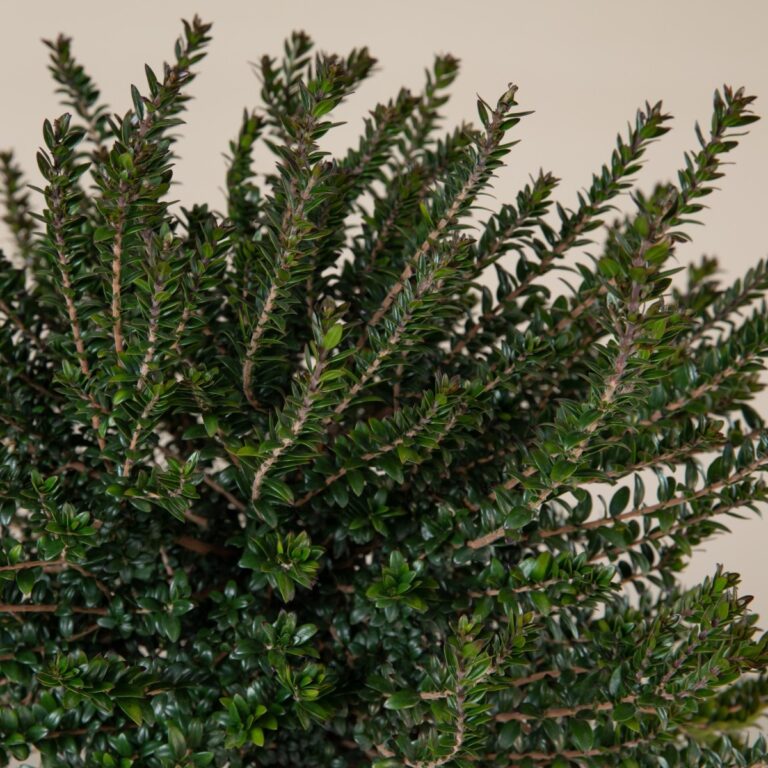
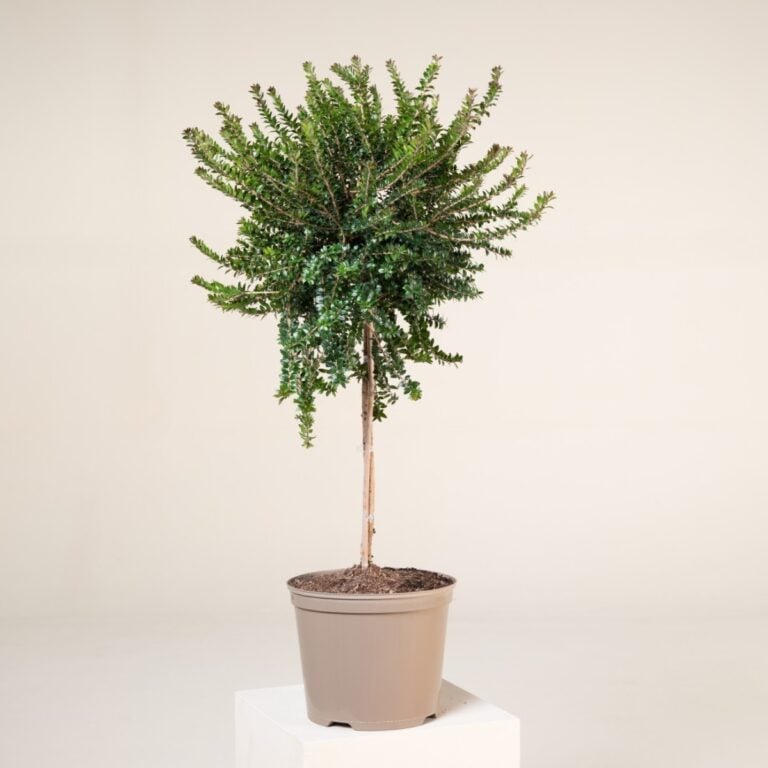
Care & Size Guidance
Myrtus communis ‘Tarentina’ grows best in full sun and well-drained soil. It is tolerant of drought and salt spray, making it a popular choice for coastal gardens.
It can grow up to 4 feet tall and wide and is often used as a hedge or border plant. It is also popular for topiary and can be pruned and shaped into a variety of forms.

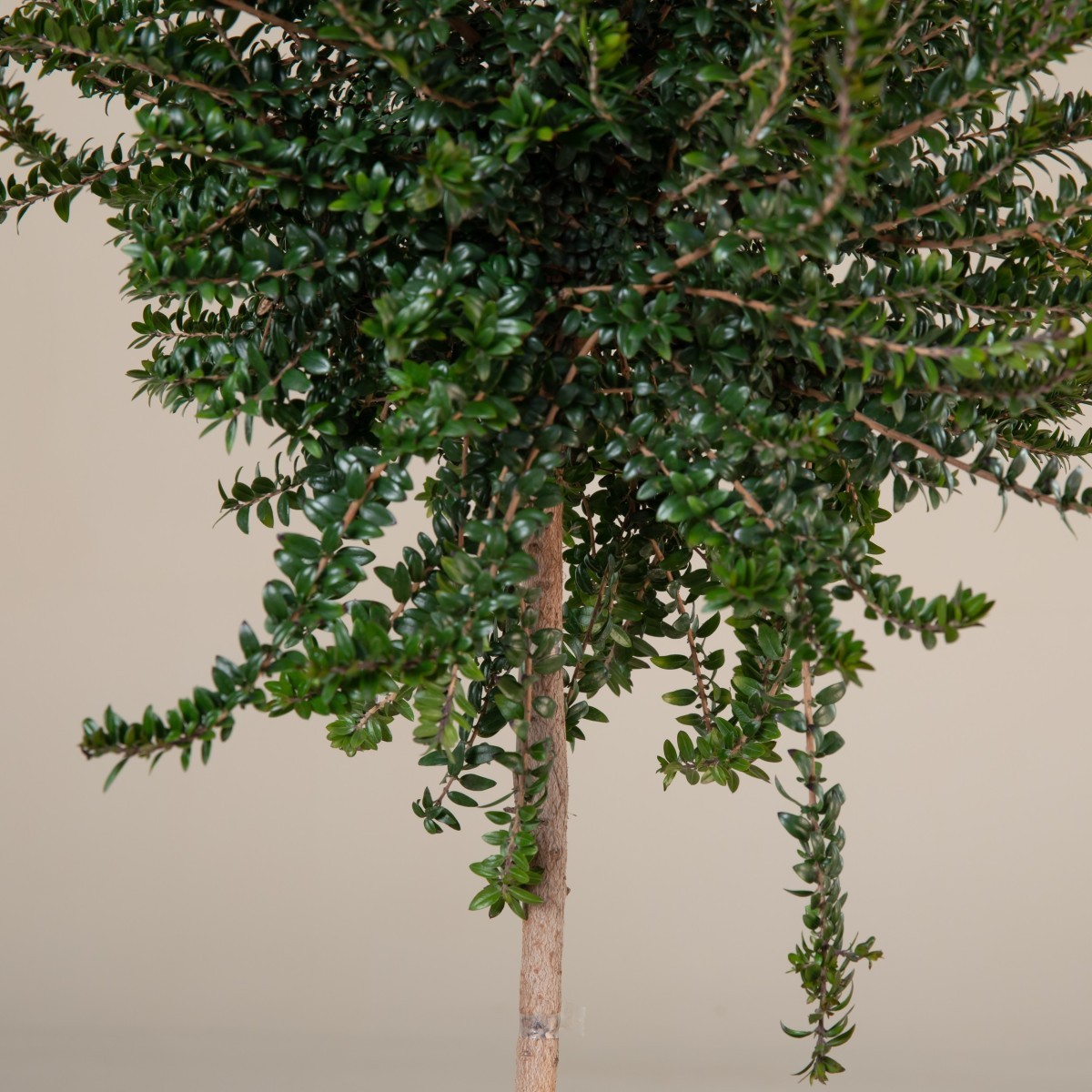






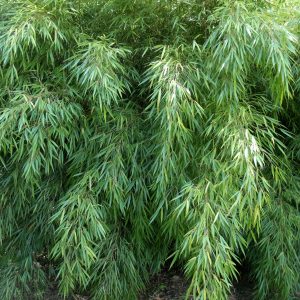

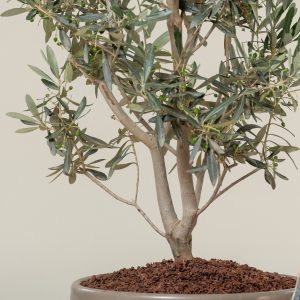

Reviews
There are no reviews yet.